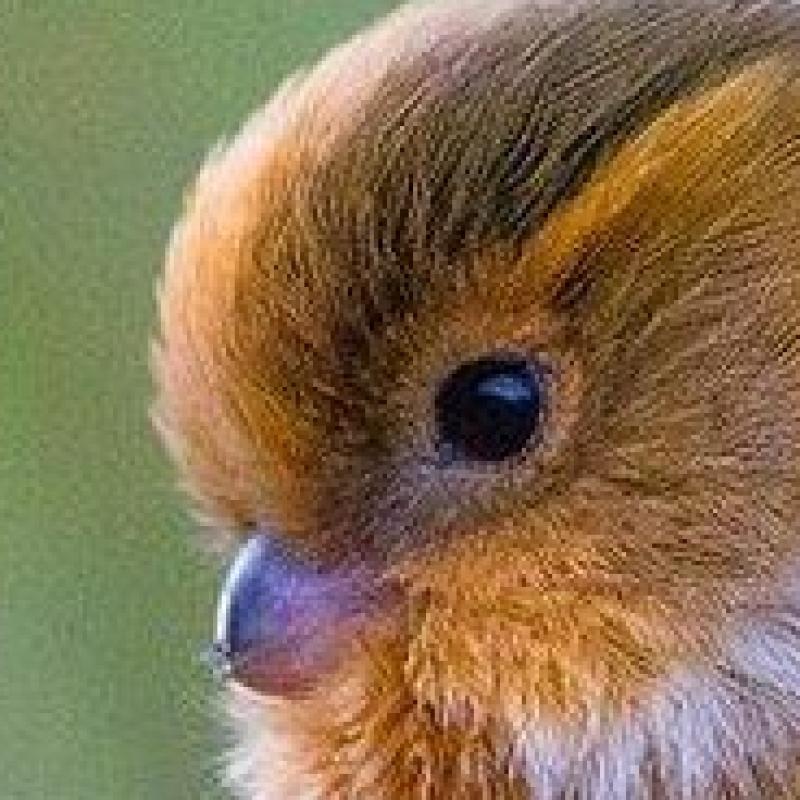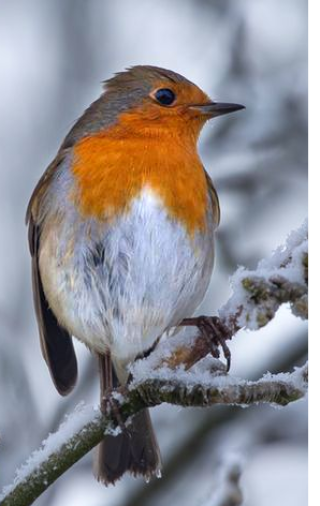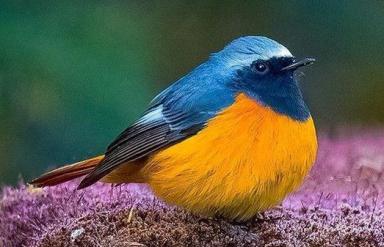High-altitude birds evolved thicker 'jackets'
By: BBCWorld (BBC News)


Himalayan songbirds in colder, more elevated environments have feathers with more fluffy down

Simple science is also fun science.
And the photos are fun.


A study of 250 species of Himalayan songbirds has revealed how their feathers evolved for higher altitudes.
The birds in colder, more elevated environments had feathers with more fluffy down - providing them with thicker "jackets".
The insight reveals how feathers provide the tiniest birds with such efficient protection from extreme cold.
It also provides clues about which species are most at risk from climate change, the scientists say.
- Traffic noise impairs songbirds' abilities
- Ivory from shipwreck reveals elephants' decline
- How the blackest fish in the sea 'disappear'

Victoria Gill
"It was -10C," said the researcher from the Smithsonian National Museum of Natural History, in Washington DC.
"And there was this little bird, a goldcrest, which weighs about the same as a teaspoon of sugar.
"It was just zipping around catching bugs."
Dr Barve's fingers went numb as he tried to take notes. But he remembers being "blown away by the little goldcrest".
"To survive, this bird has to keep its heart at about 40C," he said. "So it has to maintain a difference of 50C in that little space. I was like, 'OK, I really need to understand how feathers work.'"

Smithsonian
Each feather has an outer part and a hidden downy portion. And Dr Barve's measurements revealed those living at higher elevations had more of the lower fluffy down.
"They had fluffier jackets," he said.
Smaller birds, which lose heat faster, also tend to have longer feathers in proportion to their body size, revealing the little goldcrest's secret.
Dr Carla Dove, who runs the museum's Feather Identification Lab and contributed to the study, said she was excited to use the Smithsonian's collections in a new way. "Having them all in one place, as opposed to having to go to the Himalayas and study these birds in the wild, obviously makes a big difference," she said.

Smaller birds also have longer feathers
to insulate their bodies
Sahas Barve
"We don't know what discoveries our specimens will be used for down the line. That's why we have to maintain them and keep enhancing them. These specimens from the past can be used to predict the future."

Tags
Who is online
60 visitors


We've had a few thousand years to perfect the down jacket;
They've had a few hundred million...
Evolution does tend to progress a little slow.
All science is fun. Especially when new discoveries are made.
The photos of the bird (s) are beautiful. The down on the lower part of the feather is interesting, to say the least.
Science is fun.